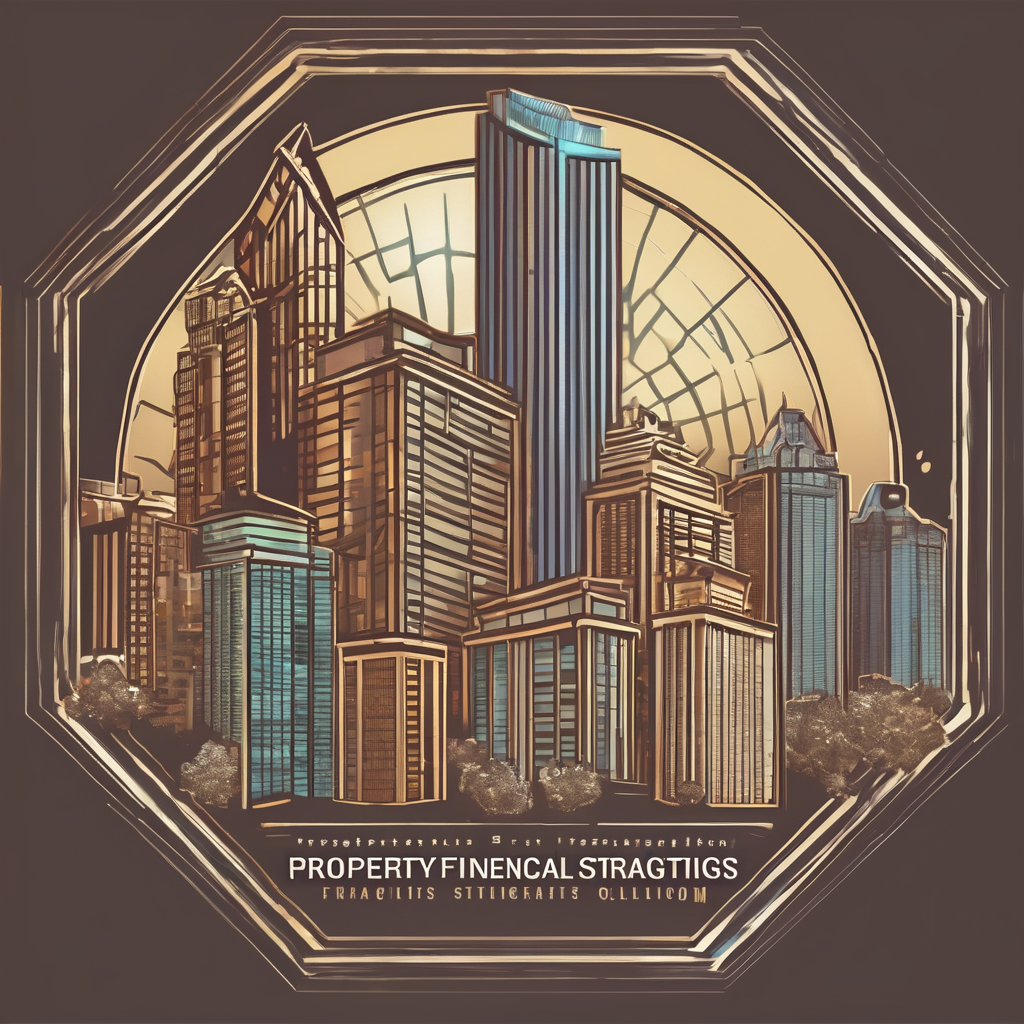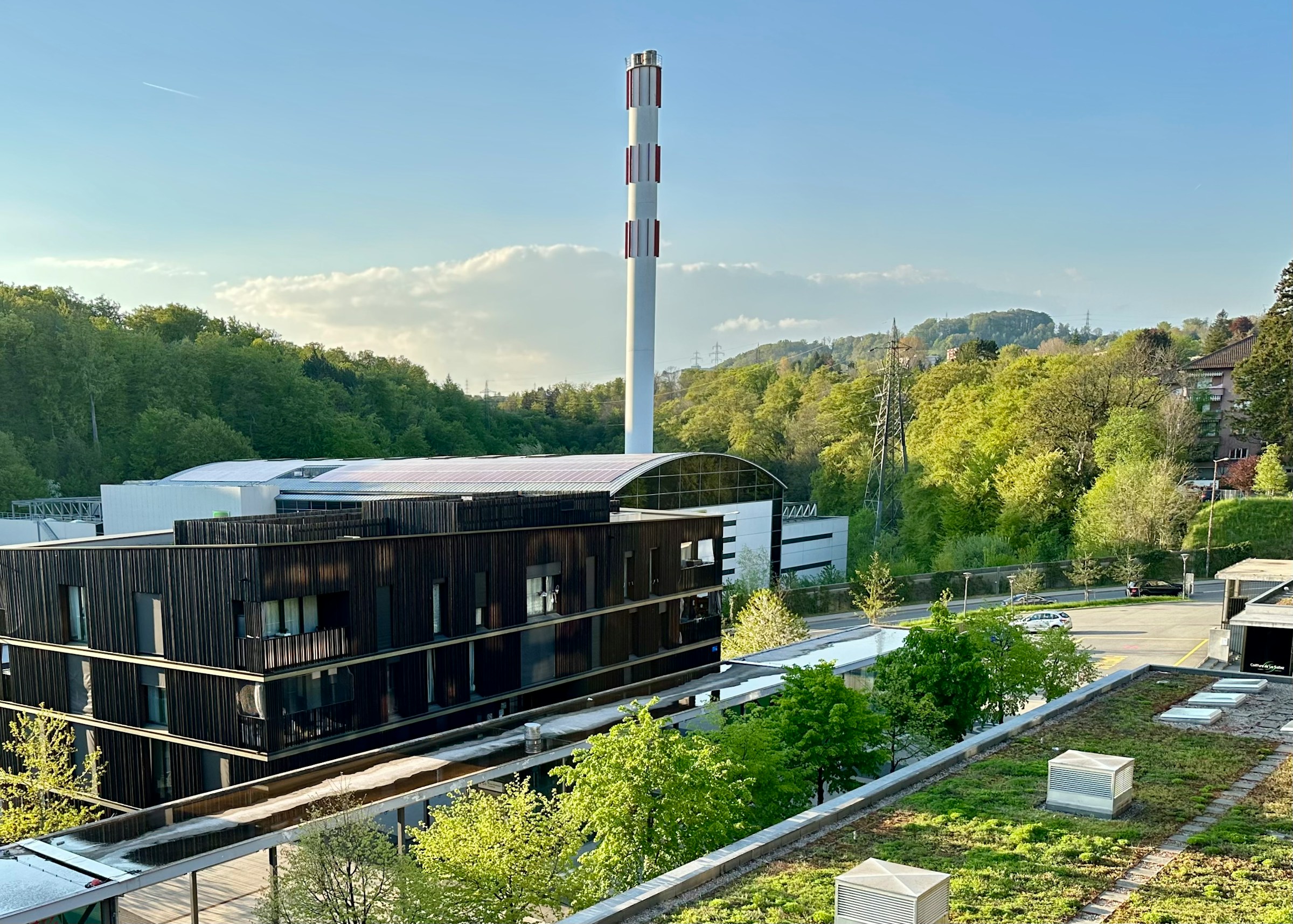Balancing property development with conservation efforts is a challenge that demands careful planning, coordination, and dedication. Notably, in regions like Norfolk, where the preservation of natural lands and the species that inhabit them is a priority, this balance becomes even more critical. As you venture into property development near protected wildlife areas, it is crucial to be aware of the local, state, and federal programs for land conservation and emergency resilience.
Understanding the Importance of Conservation and Planning
Before delving into the specifics of property development, it is essential to understand the importance of conservation and the role of planning in achieving it. Conservation efforts are not just about preserving the beauty and diversity of our natural lands. They are also about ensuring the resilience of these lands and the species that inhabit them.
Avez-vous vu cela : What Are the Marketing Strategies for Selling High-End Properties in Rural Areas of the UK?
Local, state, and federal governments across the United States, including Virginia and New England, have implemented various conservation programs to safeguard these natural resources. These programs focus on land preservation, species protection, and the mitigation of potential risks. In this regard, planning plays a crucial role. It involves laying out a comprehensive blueprint for development that minimizes environmental impacts while still allowing for growth.
In Norfolk, the strategic use of planning in conservation has been instrumental in preserving the area’s rich biodiversity and natural beauty. It has allowed for the careful management of property development, ensuring that it does not encroach on protected wildlife areas or threaten the species that inhabit them.
Avez-vous vu cela : Vallourec stock: a deep dive into shareholding insights
Navigating through Local, State, and Federal Conservation Programs
There are numerous local, state, and federal conservation programs in place designed to protect natural lands and the species that inhabit them. Understanding these programs is crucial for any property developer as they dictate the guidelines and regulations that need to be adhered to when building near protected wildlife areas.
Local programs often focus on specific regions or ecosystems, catering to the unique conservation needs of these areas. In Norfolk, for instance, there are initiatives aimed at conserving the coastal wetlands and the diverse species that call them home.
State programs step further, encompassing broader geographies and diverse ecosystems. Virginia, for example, has several state-wide initiatives like the Virginia Land Conservation Foundation, dedicated to preserving the state’s natural, cultural, and recreational lands.
Federal programs, on the other hand, are crafted by national entities like the U.S. Fish and Wildlife Service. They provide a regulatory framework for conservation across the entire country and support state and local efforts through funding and expertise.
Leveraging Property Development Plans for Successful Mitigation
When developing property near protected wildlife areas, you need to align your development plans with the conservation goals of these areas. This approach involves incorporating mitigation strategies into your plan to minimize any potential negative impacts on the environment.
Property development plans should, therefore, include measures such as setback buffers to reduce disturbances to wildlife, the use of environmentally friendly construction materials, and a commitment to maintaining a certain amount of open, natural space. Mitigation planning can also include strategies like habitat restoration or enhancement, where developers could actively improve the quality of existing natural habitats as part of their projects.
In Norfolk, these mitigation strategies are not just about complying with regulations. They are a testament to the area’s commitment to conservation and the preservation of its natural beauty and biodiversity.
Finding Funding for Conservation and Emergency Resilience
Conservation efforts, while crucial, can require substantial funding. This is especially true when it comes to emergency resilience, where the focus is on preparing for and mitigating the impacts of natural disasters.
Luckily, there are various funding options available for conservation and resilience efforts. Local, state, and federal governments often provide grants and other financial incentives to support these initiatives. For instance, the National Fish and Wildlife Foundation offers a variety of grants for projects that aim to protect and restore the nation’s wildlife and habitats.
Additionally, private entities, such as foundations and corporations, can also provide funding. For property developers, partnering with these organizations can provide an opportunity to demonstrate their commitment to conservation while also benefiting from potential tax write-offs and positive public relations.
Striking the Balance Between Property Development and Conservation
Ultimately, managing property development near protected wildlife areas in Norfolk is about striking a balance. It entails finding a middle ground where both development and conservation can coexist.
Striking this balance requires a deep understanding of the ecological value of the lands you are working with, a commitment to conservation, and a willingness to adjust your plans as needed to minimize impacts to the environment. Now more than ever, the role of property developers extends beyond just building infrastructure. It is about shaping sustainable, resilient communities that respect and preserve the natural world.
The Role of Federal, State and Local Entities in Property Development and Conservation
Federal agencies and local governments have an important role in directing the course of property development near protected wildlife areas. In the United States, agencies like the Army Corps of Engineers provide the necessary technical expertise and oversight for development projects, especially those that may affect sensitive ecosystems.
They work hand in hand with state and local entities, such as Natural England and the Chesapeake Bay Program, to ensure that all development projects are carried out responsibly and sustainably. This collaboration results in the creation of a management plan which dictates the guidelines for property development in sensitive areas. It forms part of the planning application and must be submitted and approved before any development can take place.
The management plan involves a comprehensive evaluation of the proposed development area, including the identification and assessment of protected species. It outlines detailed strategies for reducing flood risk, conserving open space, and preserving barrier islands. It is devised with a long-term view to ensure that the development will not pose a threat to the environment or the species that inhabit it in the future.
In Norfolk, the Corps has been instrumental in creating plans that focus on coastal resilience, enabling property development that respects the ecological balance of the area and reduces the impact on the Chesapeake Bay and its many species.
Conclusion: The Future of Property Development and Conservation in Norfolk
Property development near protected wildlife areas in Norfolk is a complex matter. It demands a delicate balance between the need for development, the conservation of natural lands, and the protection of wildlife species. However, through diligent conservation efforts, effective planning, and comprehensive management plans, this balance is achievable.
Federal, state and local entities, developers and the community have a shared responsibility to maintain this balance. As we look to the future, the commitment to conserving Norfolk’s natural beauty and diverse biosphere while allowing for responsible property development must remain a priority.
In the face of changing climates and rising sea levels, strategies that promote resilience, like those of the Army Corps, will become even more critical. The experience gained from managing property development in Norfolk can provide valuable insights to other regions, helping to shape a sustainable and resilient approach to property development across the United States.
In the end, the shared vision should be to create communities that are not only structurally sound but also respect and value the natural world. The future of property development in Norfolk and beyond lies in harmonizing growth and conservation, ensuring that our actions today lead to a sustainable and resilient tomorrow.






